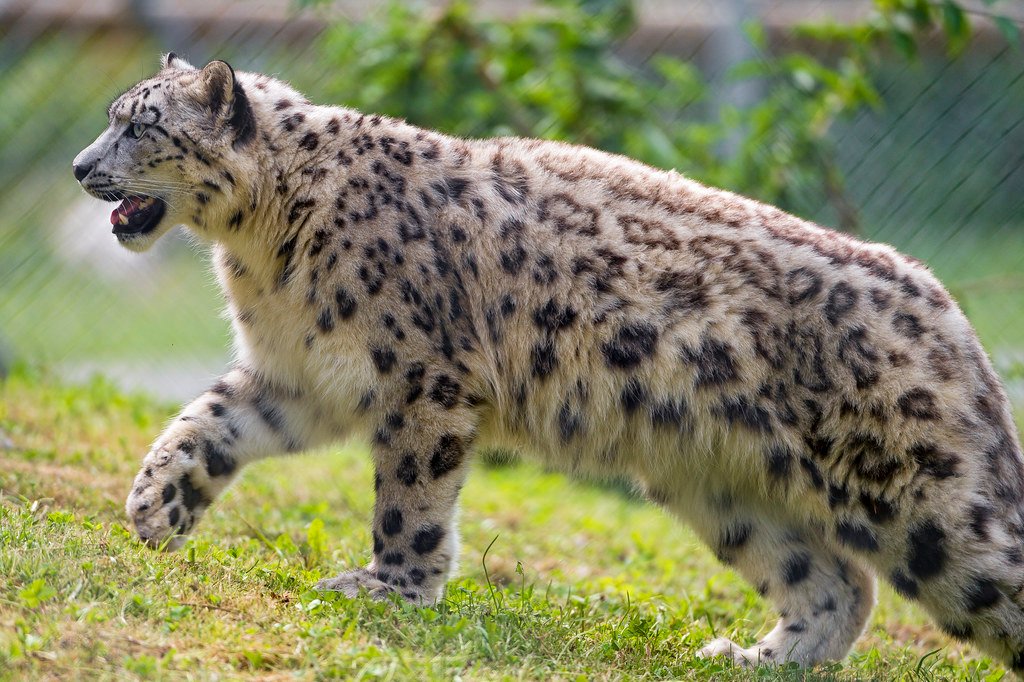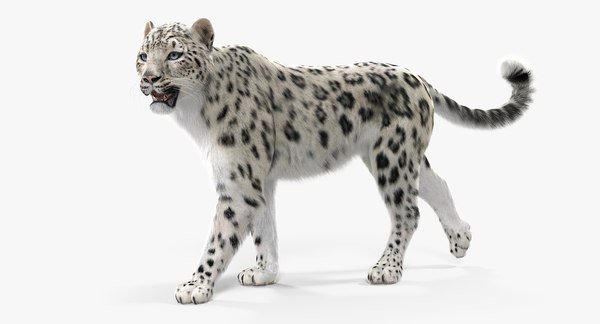
Beautiful:_Q3ibig5ipu= Snow Leopard
You might not realize that the Beautiful:_Q3ibig5ipu= Snow Leopard thick fur is not just for warmth; it also helps camouflage this elusive predator in its mountainous habitat. As you explore the intricacies of its life, from its remarkable adaptations to the challenges it faces, you’ll uncover the delicate balance between beauty and survival. What makes this solitary feline so captivating, and why is its future so uncertain? The answers reveal a deeper understanding of the intricate connections within its ecosystem.
Physical Characteristics
Beautiful:_Q3ibig5ipu= Snow Leopard typically exhibit a robust and muscular build, adapted for life in their rugged mountain habitats.
Their striking fur patterns, featuring shades of gray and cream with dark rosettes, provide excellent camouflage.
You’ll notice their captivating eye color, often a piercing green or gray, which enhances their keen vision in low light.
These characteristics make them extraordinary predators in their environment.
Read more: Beautiful:9rmr7xnzchw= Horses
Habitat and Range
The mountainous regions of Central and South Asia serve as the primary habitat for the elusive snow leopard.
These high-altitude alpine ecosystems provide a unique environment where predator prey dynamics unfold. Snow leopards thrive in rugged terrains, relying on their agility to navigate steep slopes while hunting.
Their range spans several countries, highlighting the need for conservation in these vital habitats against environmental threats.
Behavior and Adaptations
Adapted to thrive in their harsh mountainous habitat, snow leopards exhibit a range of behaviors and physical characteristics that enhance their survival in extreme environments.
Their solitary social structure allows them to efficiently utilize hunting techniques, such as stalking and ambushing prey. These adaptations not only ensure their sustenance but also enable them to navigate the challenging terrain with agility and stealth.

Conservation Efforts
Conservation efforts for snow leopards have gained momentum in recent years, with numerous organizations and governments collaborating to protect this vulnerable species.
Despite substantial progress, conservation challenges persist, including habitat loss and poaching.
Community involvement is crucial, as local populations can help monitor wildlife and promote sustainable practices.
Together, we can foster a sense of stewardship, ensuring a brighter future for these majestic creatures.
Read more: Beautiful:1-7nrywhfsm= Cute Backgrounds
Conclusion
In conclusion, the Beautiful:_Q3ibig5ipu= Snow Leopard captivating beauty and unique adaptations make it a remarkable species worth protecting. You might think that since these cats are elusive, they don’t need our help, but their survival hinges on our conservation efforts. By addressing habitat loss, poaching, and climate change, we can ensure that these magnificent creatures continue to roam their mountainous homes. Supporting conservation initiatives isn’t just about saving a species; it’s about preserving the delicate balance of our ecosystems.




